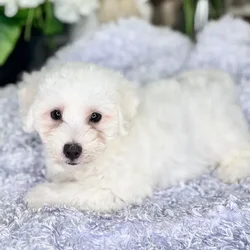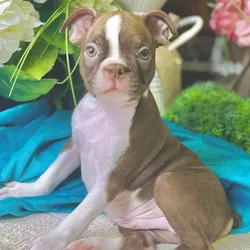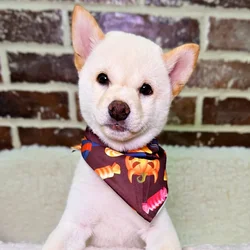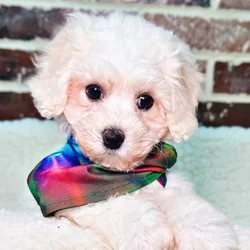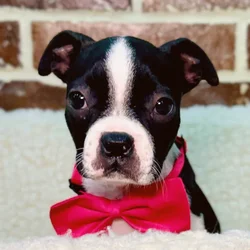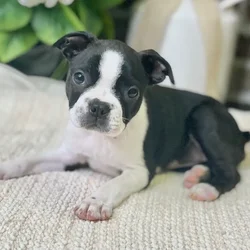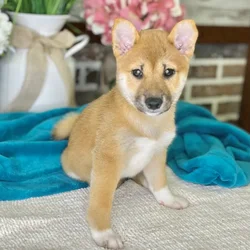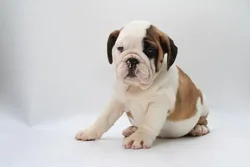Keeshond
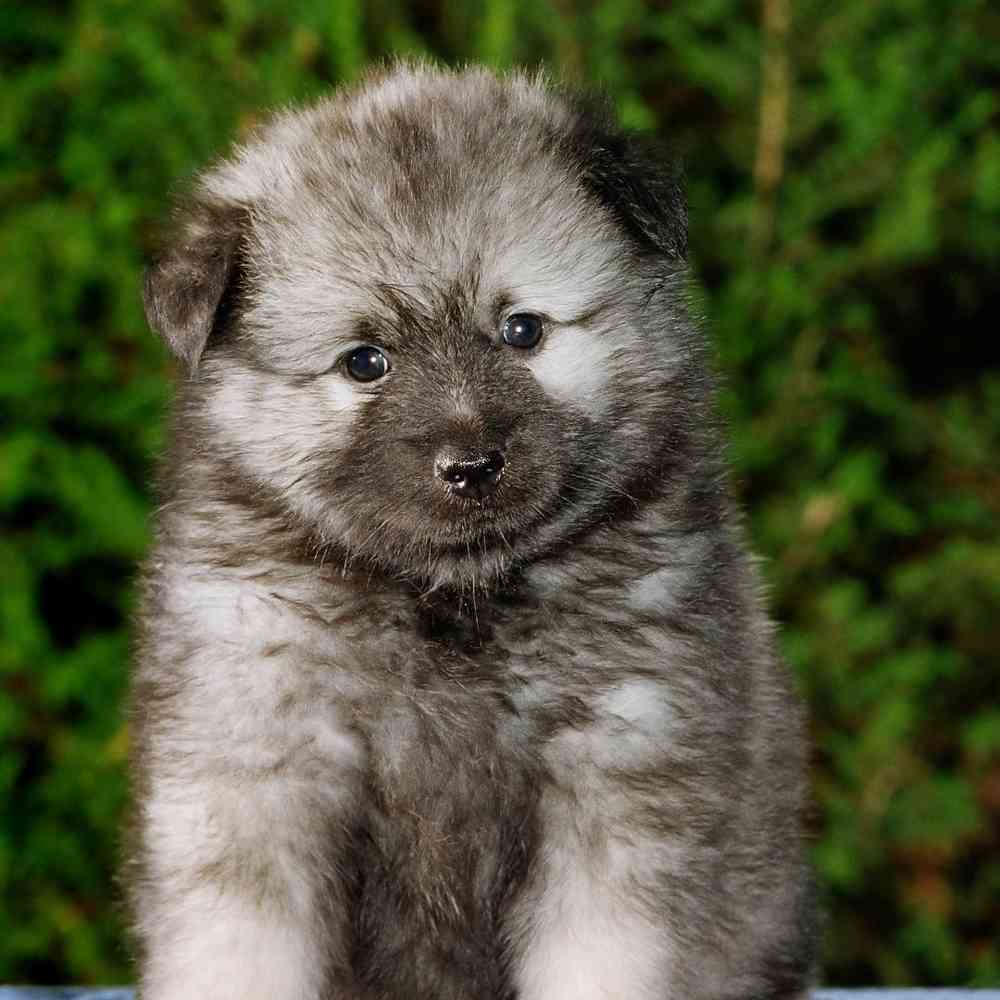
The amiable Keeshond is a medium-sized spitz dog of ample coat, famous for the distinctive “spectacles” on his foxy face. Once a fixture on the canal barges of his native Holland, the Kees was, and remains, a symbol of Dutch patriotism.

Want to know more about Keeshond ?
Breed Traits
General Appearance
The Keeshond (pronounced kayz-hawnd) is a natural, handsome dog of well-balanced, short-coupled body, attracting attention not only by his coloration, alert carriage, and intelligent expression, but also by his stand-off coat, his richly plumed tail well curled over his back, his foxlike expression, and his small pointed ears. His coat is very thick around the neck, fore part of the shoulders and chest, forming a lion-like ruff-more profuse in the male. His rump and hind legs, down to the hocks, are also thickly coated, forming the characteristic "trousers." His head, ears, and lower legs are covered with thick, short hair.
Size, Proportion, Substance
Head
Neck, Topline, Body
Forequarters
Hindquarters
Feet
Coat
Color and Markings
Gait
Temperament
Group
Non-Sporting
About
History
Standard
Nutrition
Grooming
Exercise
Training
Health
All pets have found there homes! Sign up to be notified when new pets are added so you don't miss out.



